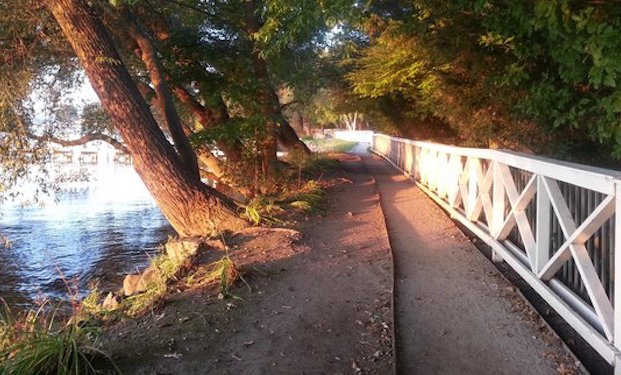SURPRISING STUFF
Littoral combat ships.
The nine littoral ships (500 million dollars each) are about to be mothballed, the oldest (the USS Milwaukee) having come out of the Wisconsin shipyard in Marinette only nine years ago. The media, in every form, is reporting that the ships have too little armor, their transmissions are problematic, and the module system invented to allow them to change missions in only a few days, doesn’t work as designed.
That is all a bunch of hooey or at least partial hooey.
The truth is that there was never a true need for these fast light and very large ships. The ships were built upon mythology that exists throughout the world, as distributed by the same media that refuses to penetrate deep enough to come to terms with what’s really going on. The myth?
There are actually two of them.
The first myth is that there are pirates all over the world trying to capture merchant ships, kidnap the crews and sell the cargo and hulls and cargo back to insurers or any other buyers. For the most part, pirates do not exist anymore on the planet’s oceans. There are a few dirt-poor and trashy little boats filled with impoverished natives out there, from which giant ocean-going cargo ships endure no threats.
The second myth is about drug runners. That huge amounts of drugs are coming into the country through the use of submarines and disguised surface vessels still runs rampant in the media. A small bit of the second myth is true, but only a tiny bit. The drug myth isn’t based on valid statistics or even simple math. Marijuana has all but disappeared as a drug being shipped into the U.S. Cheaper, better and guaranteed, and inspected MJ is now too available inside this country.
That leaves smugglers bringing in Crystal Meth, Heroin, Cocaine, and Fentanyl, none of which need to come in on big fast boats as these substances are so valuable in small amounts. Ten pounds of cocaine, for example, packed into something the size of a Kleenex box, sells retail on the streets for about half a million dollars. The littoral combat ships were not the first ships to fall right into the mythology death spiral. The first ones were the Navy’s hydrofoils. There was no real work for them either, except MJ interdiction. They were mothballed also and then the hulks sold off for scrap.
Spring has sprung and so have springtime activities.
That includes the almost 26 miles of shore path around Geneva Lake used by many for long walks to enjoy the colors of Spring popping up everywhere, after a long winter. The shore path was founded by several Indian cultures, as they would use the path to travel between different tribes, hunt, and fish.
Chief Big Foot’s Potawatomi tribe used the trail to travel between villages located in areas now known as Fontana, Williams Bay, and Lake Geneva. As years passed, the shore path became known as the workmen’s path. People would travel from Lake Geneva to the grand estates built around the lake to build and care for the wealthy estates, mostly owned by industrialists in Chicago. The shoreline-hugging was preserved by the early settlers who decreed that ’20 feet leading up to the shoreline to be set aside for public domain.’
Property owners then, and still today, are responsible for maintaining the shore path that goes through their properties and they are free to put their own personal touch on their part of the path, as well. To walk the whole path in one day is quite a challenge and averages about 8 to 10 hours to complete. It is recommended to walk the path in sections, using public access points at Big Foot Beach State Park, Williams Bay, Fontana, and Lake Geneva. With a variety of flat, hilly, quiet, wooded, and residential areas the path is full of great beauty that everyone will enjoy.









